When he finished school Daragh McGuinness knew he wanted to join a fishing crew, but now, at 23, he fears climate change might kill off the industry that has sustained his family for generations.
“It’s a massive problem,” he said in the pilothouse of the Atlantic Challenge trawler, where he works as a deckhand, docked in the port of Killybegs in northwest Ireland. “It could really finish the fishing, in Ireland anyway at least.”
Soaring temperatures in the North Atlantic Ocean over the summer months have raised fears that fish could be pushed to colder waters, heaping pressure on the already struggling industry.
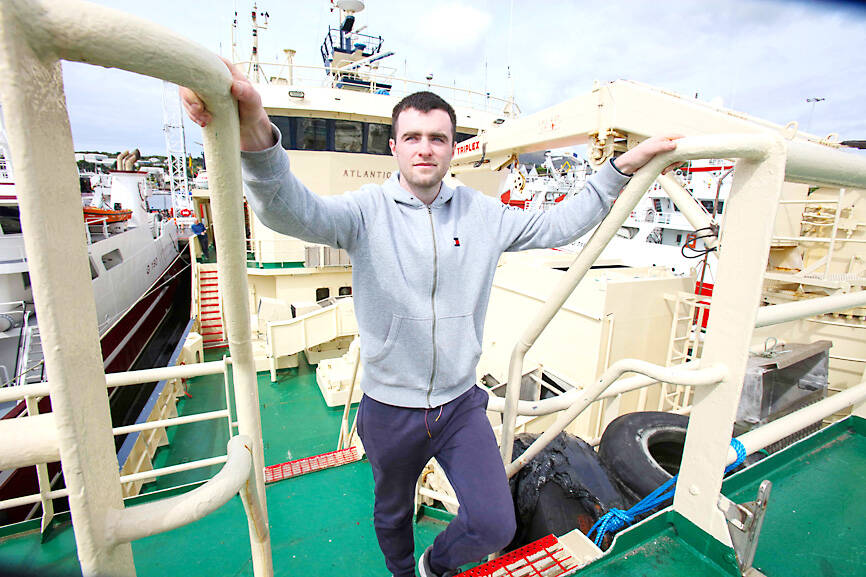
Photo: AFP
At the end of last month, the US National Oceanic and Atmospheric Administration (NOAA) said that the average surface temperatures in the North Atlantic had reached a record high of 24.9°C.
The Atlantic Challenge, like many vessels sailing out of Killybegs, catches blue whiting and mackerel, which are highly prized on international markets, returning to port one or two days after a catch so produce is fresh.
“It would just concern you that you would be pushed further, too far north and then it wouldn’t be viable to come back to Killybegs,” McGuinness said.
Sean O’Donoghue, chief executive of the Killybegs Fishermen’s Organisation, said that climate change was having a “dramatic effect” on white fish stocks such as cod, which prefer colder waters.
He said he feared it was “only a matter of time” before so-called pelagic fish such as mackerel, blue whiting and herring move north permanently.
“If we continue with the warming of the waters, it is inevitable, the pelagic species will move totally out of the waters, and we could end up that we have very little fish,” he said.
Among trends emerging were more mackerel being caught by the Icelandic fleet, he said, adding that his members were catching more species such as anchovies and sardines, which are typically found in warmer southern waters, prompting “overall concern.”
The temperature record set last month was particularly worrying as it came weeks before the North Atlantic typically reaches peak temperatures next month.
In June, the NOAA recorded what it characterized as a Category 4 or “extreme” marine heat wave off the coasts of Ireland and the UK.
Glenn Nolan, who heads oceanographic and climate services at Ireland’s Marine Institute, said the month saw “significant” temperatures, 4°C to 5°C in excess of what would be normal off the country’s coast in the summer months.
“When you’re seeing a temperature at 24.5[°C] or 21[°C], as we saw in some of the coastal bays around the county of Galway ... it’s way above what you would ordinarily expect,” he said.
Nolan said that he expected a specific study attributing the spike in temperatures in June and last month to climate change in due course.
The UN Intergovernmental Panel on Climate Change (IPCC), which assesses the science related to climate change, has attributed the intensity of marine heat waves to global warming for decades, he said.
“The IPCC have already looked at marine heat waves in general and they have high confidence that they can attribute them to manmade climate change,” the Galway-based expert said.
Nolan said that the extreme temperatures could create the conditions for changes to fish migration, and pointed to algal blooms in warm waters causing “problems typically for shellfish and finfish.”
For Irish fishing, the situation is a double whammy, as the industry has been hit by lost EU fishing quotas after Brexit, the UK’s departure from the bloc at the end of 2020.
EU member Ireland would face a 15 percent cut to fishing quotas by 2025 as part of the last-minute trade deal between London and Brussels.
“Unfortunately the deal that was done disproportionally hit Ireland,” O’Donoghue said. “The net effect of it is that Ireland is paying 40 percent of the transfer of fish to the UK” from the EU.
He wants to see changes to EU fisheries policy to reflect the effects of the Brexit cuts on Ireland’s fleet and to mitigate the effects of climate change on his members’ catch.
“We’re not happy with the way things are on the Common Fisheries Policy at the moment. They need to be changed and Brexit and climate change have to be taken on board,” O’Donoghue said.
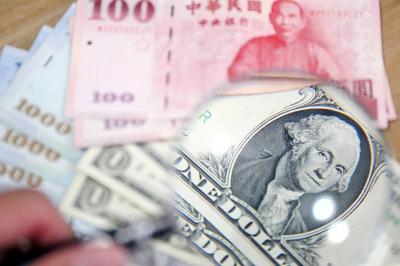
The US dollar was trading at NT$29.7 at 10am today on the Taipei Foreign Exchange, as the New Taiwan dollar gained NT$1.364 from the previous close last week. The NT dollar continued to rise today, after surging 3.07 percent on Friday. After opening at NT$30.91, the NT dollar gained more than NT$1 in just 15 minutes, briefly passing the NT$30 mark. Before the US Department of the Treasury's semi-annual currency report came out, expectations that the NT dollar would keep rising were already building. The NT dollar on Friday closed at NT$31.064, up by NT$0.953 — a 3.07 percent single-day gain. Today,
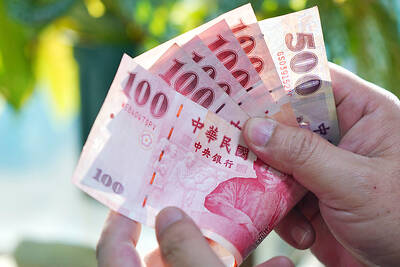
‘SHORT TERM’: The local currency would likely remain strong in the near term, driven by anticipated US trade pressure, capital inflows and expectations of a US Fed rate cut The US dollar is expected to fall below NT$30 in the near term, as traders anticipate increased pressure from Washington for Taiwan to allow the New Taiwan dollar to appreciate, Cathay United Bank (國泰世華銀行) chief economist Lin Chi-chao (林啟超) said. Following a sharp drop in the greenback against the NT dollar on Friday, Lin told the Central News Agency that the local currency is likely to remain strong in the short term, driven in part by market psychology surrounding anticipated US policy pressure. On Friday, the US dollar fell NT$0.953, or 3.07 percent, closing at NT$31.064 — its lowest level since Jan.
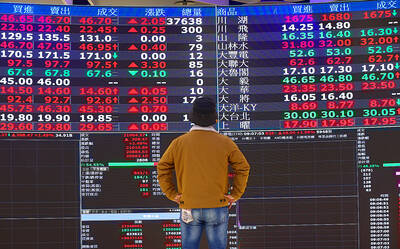
The New Taiwan dollar and Taiwanese stocks surged on signs that trade tensions between the world’s top two economies might start easing and as US tech earnings boosted the outlook of the nation’s semiconductor exports. The NT dollar strengthened as much as 3.8 percent versus the US dollar to 30.815, the biggest intraday gain since January 2011, closing at NT$31.064. The benchmark TAIEX jumped 2.73 percent to outperform the region’s equity gauges. Outlook for global trade improved after China said it is assessing possible trade talks with the US, providing a boost for the nation’s currency and shares. As the NT dollar
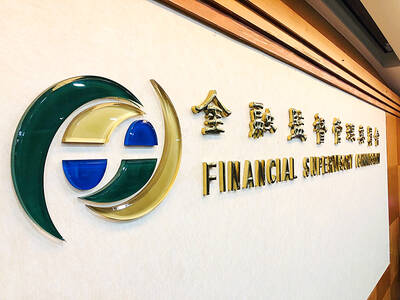
The Financial Supervisory Commission (FSC) yesterday met with some of the nation’s largest insurance companies as a skyrocketing New Taiwan dollar piles pressure on their hundreds of billions of dollars in US bond investments. The commission has asked some life insurance firms, among the biggest Asian holders of US debt, to discuss how the rapidly strengthening NT dollar has impacted their operations, people familiar with the matter said. The meeting took place as the NT dollar jumped as much as 5 percent yesterday, its biggest intraday gain in more than three decades. The local currency surged as exporters rushed to